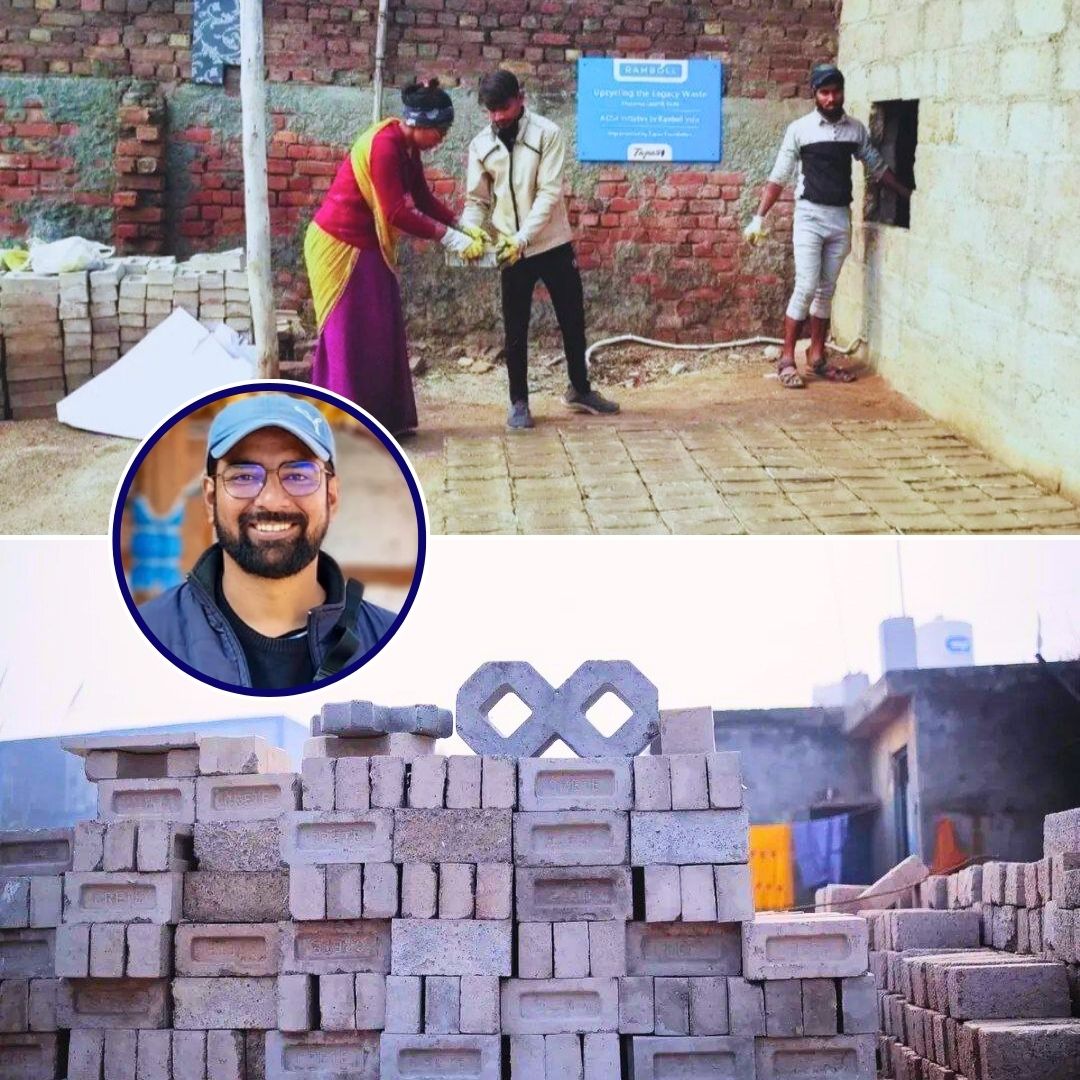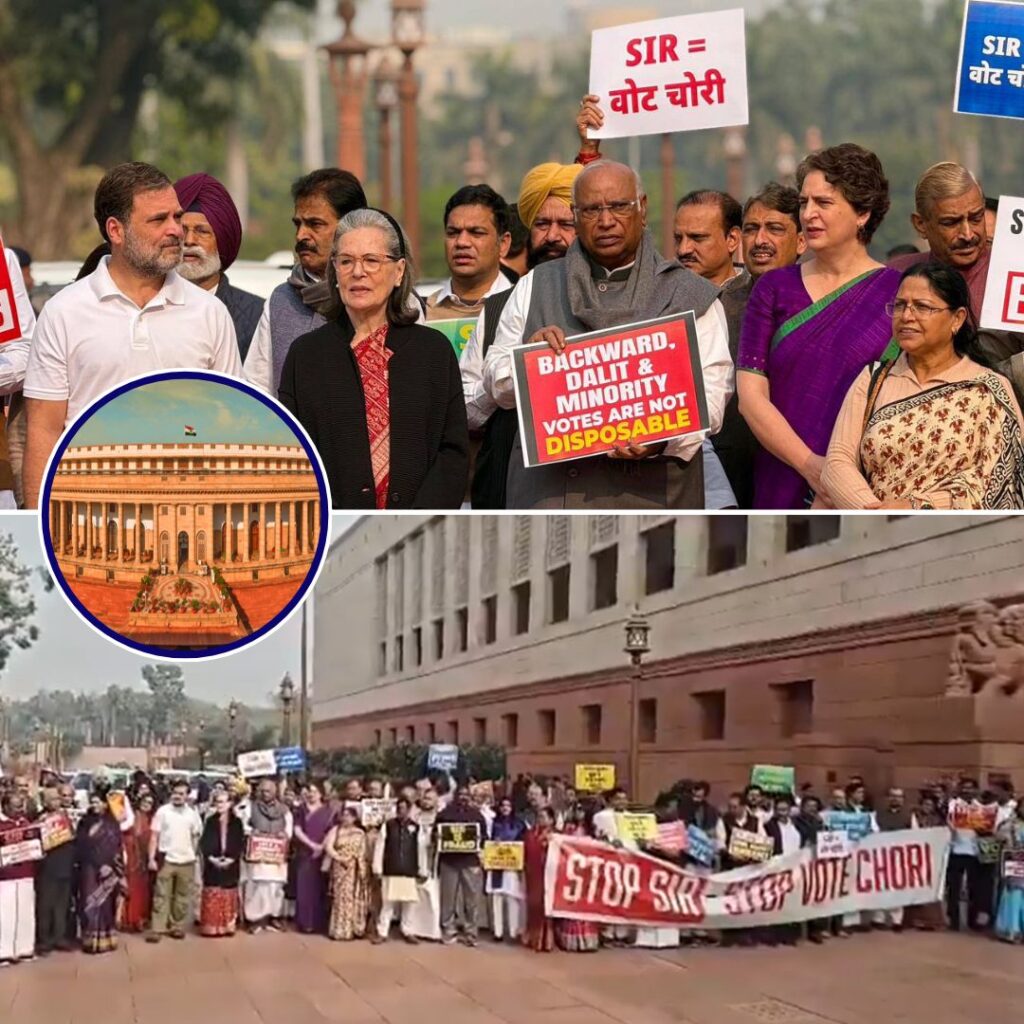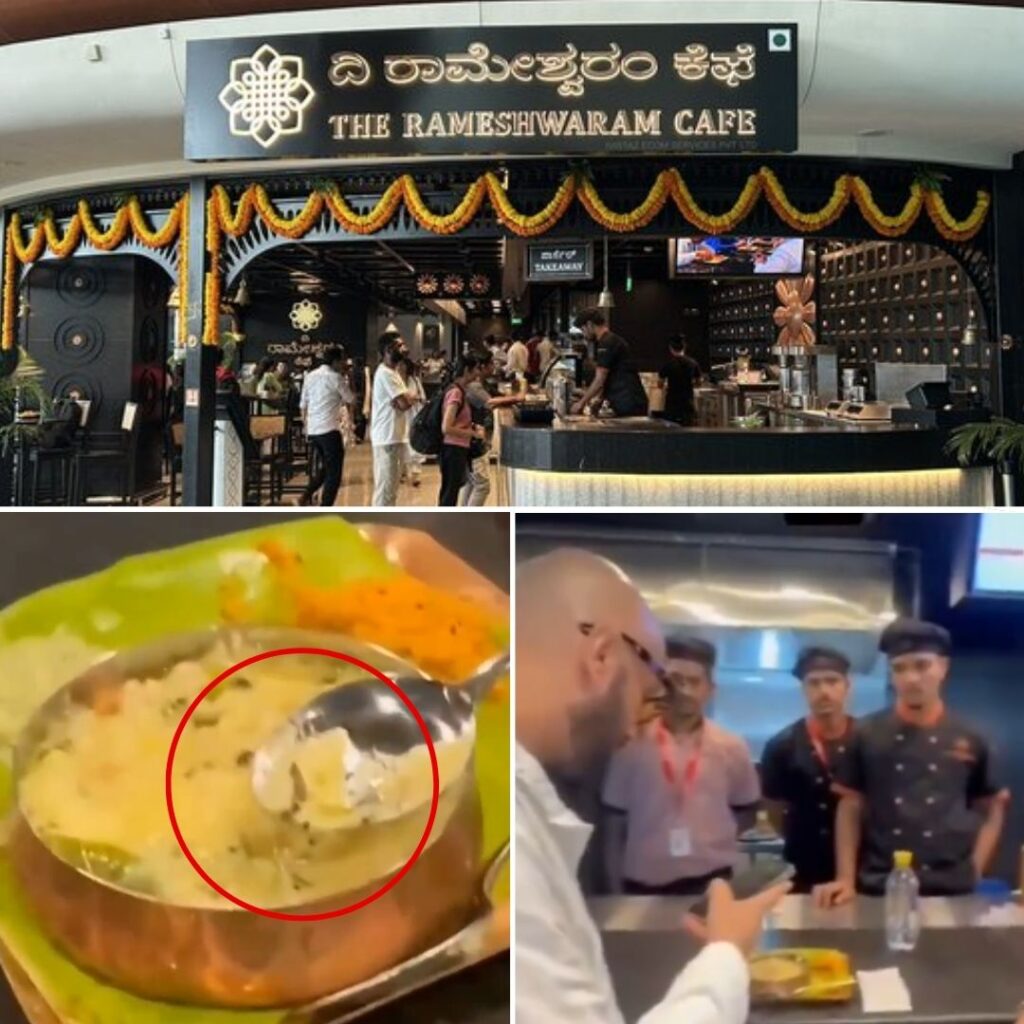The fumes rise before you see it. On the horizon, Delhi’s Bhalswa landfill looms like an unnatural hill, its jagged slopes formed not by stone or soil, but by decades of garbage. Here, the air carries a sour mix of methane and rot; the ground, unstable underfoot, hides dangerous gases and seepage. For decades, tonnes of construction rubble and demolition debris have joined household waste, forming a toxic monument that threatens groundwater, air quality, and the health of surrounding communities.
But amid this bleak landscape, in a corner of the landfill’s sprawling chaos, something remarkable is taking shape – bricks. Not mere bricks, but 30,000 durable, eco-friendly building blocks painstakingly crafted from what was once forgotten waste.
This transformation is the result of Tapas Foundation’s groundbreaking ‘Upcycling the Legacy Waste’ campaign, launched in partnership with Ramboll India under their CSR programme. In just months, the team has diverted 60 tons of inert construction and demolition (C&D) waste from Bhalswa and turned it into a viable building material. Equally important, they have created six green jobs, including opportunities for women in the nearby community.
“Our vision is to turn waste into opportunity, both for the planet and for people,” says Vipul Singh, Founder of Tapas Foundation. “This is a model that addresses environmental degradation while creating green jobs and skills within local communities.”

The Alchemy of Upcycling: How Waste Becomes a Building Block
The process begins right at the landfill face, where teams collect and segregate legacy waste, notably inert debris from years of construction activity. This waste, often overlooked, is far from useless.
1. Collection & Segregation: Waste is sorted to extract brick-worthy C&D material.
2. Processing: The debris is cleaned, sieved, and refined into reusable aggregates and sand.
3. Mixing: Technicians prepare a concrete blend made up of 10% cement, 50% recycled aggregates, and 40% recycled sand and ash, significantly reducing reliance on virgin materials like river sand that are in environmental decline.
4. Moulding & Curing: The mix is poured into moulds and vibrated to remove air gaps. The bricks are water-cured for up to 28 days to achieve the desired strength.
5. Quality Assurance: Every batch undergoes rigorous checks, from sieve analysis to compression strength tests, ensuring longevity and structural integrity.

Impact Beyond Numbers: Jobs, Skills, and a Circular Economy
The 30,000 bricks already produced have reduced carbon emissions by cutting the demand for new quarrying and manufacturing. The initiative directly supports UN Sustainable Development Goals on Decent Work (SDG 8), Sustainable Cities (SDG 11), Responsible Consumption (SDG 12), and Climate Action (SDG 13).
For local residents, especially women who often face limited formal work opportunities, these “green jobs” represent more than just income, they are skills for a sustainable future. Workers are trained in upcycling techniques, opening pathways for careers in eco-construction.
One woman worker, now part of the curing team, describes the project as giving her “both dignity and purpose.” For Singh, such stories affirm that environmental rehabilitation is inseparable from human development.

Looking Ahead: Scaling Change Across Delhi’s Landfills
Buoyed by early success, Tapas Foundation plans to replicate this upcycling model at Delhi’s other landfill sites, Ghazipur and Okhla, notorious for their towering heaps of waste. Future plans include a training hub for eco-construction, integrating solar-powered curing systems and water recycling to further reduce the project’s ecological footprint.
The Logical Indian’s Take
This initiative transforms a toxic environmental challenge into a model for circular, inclusive, future-ready cities. By merging innovation, social justice, and environmental stewardship, the Tapas Foundation is proving that landfill waste is not an inevitable curse but a potential catalyst for green economies.












